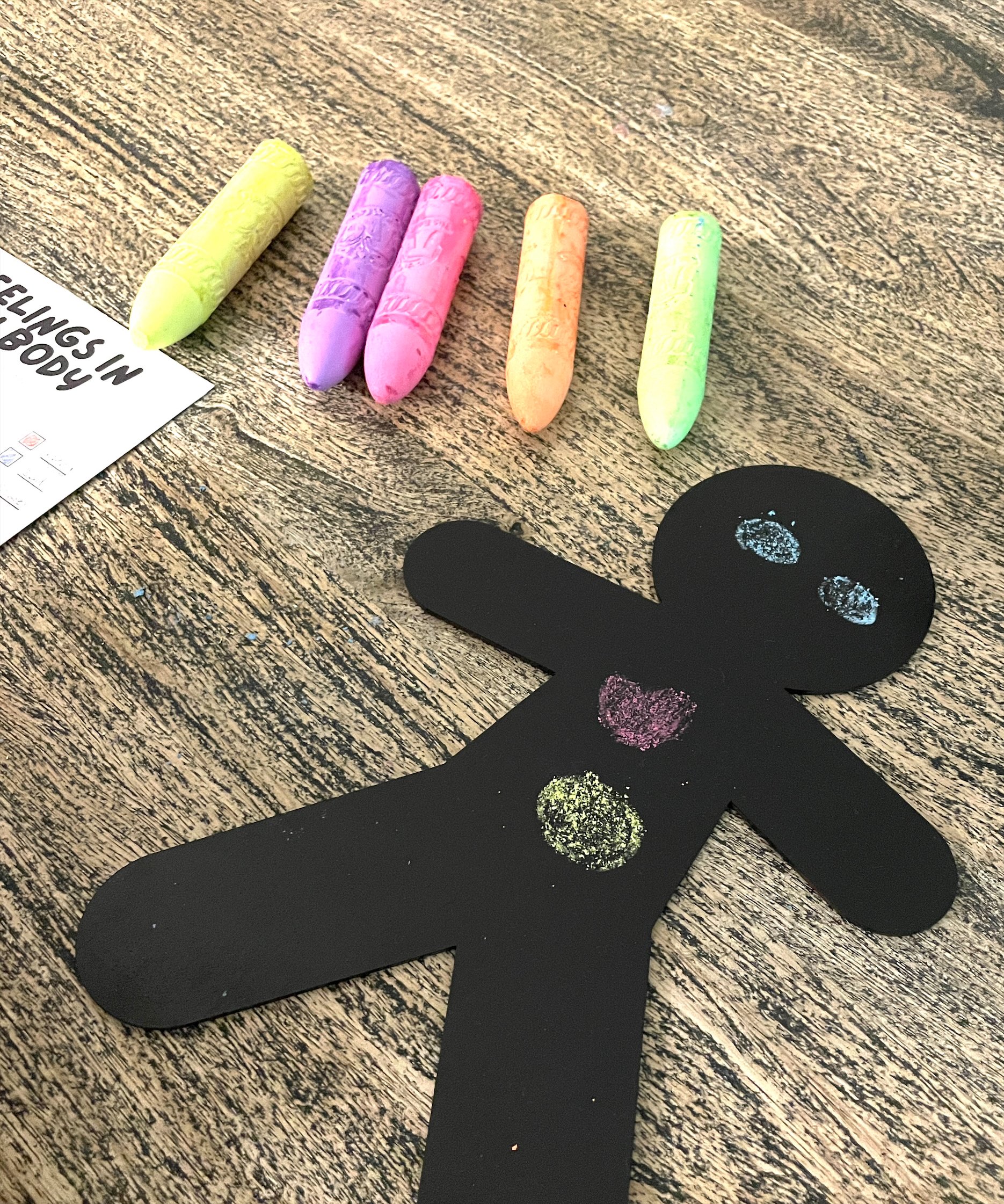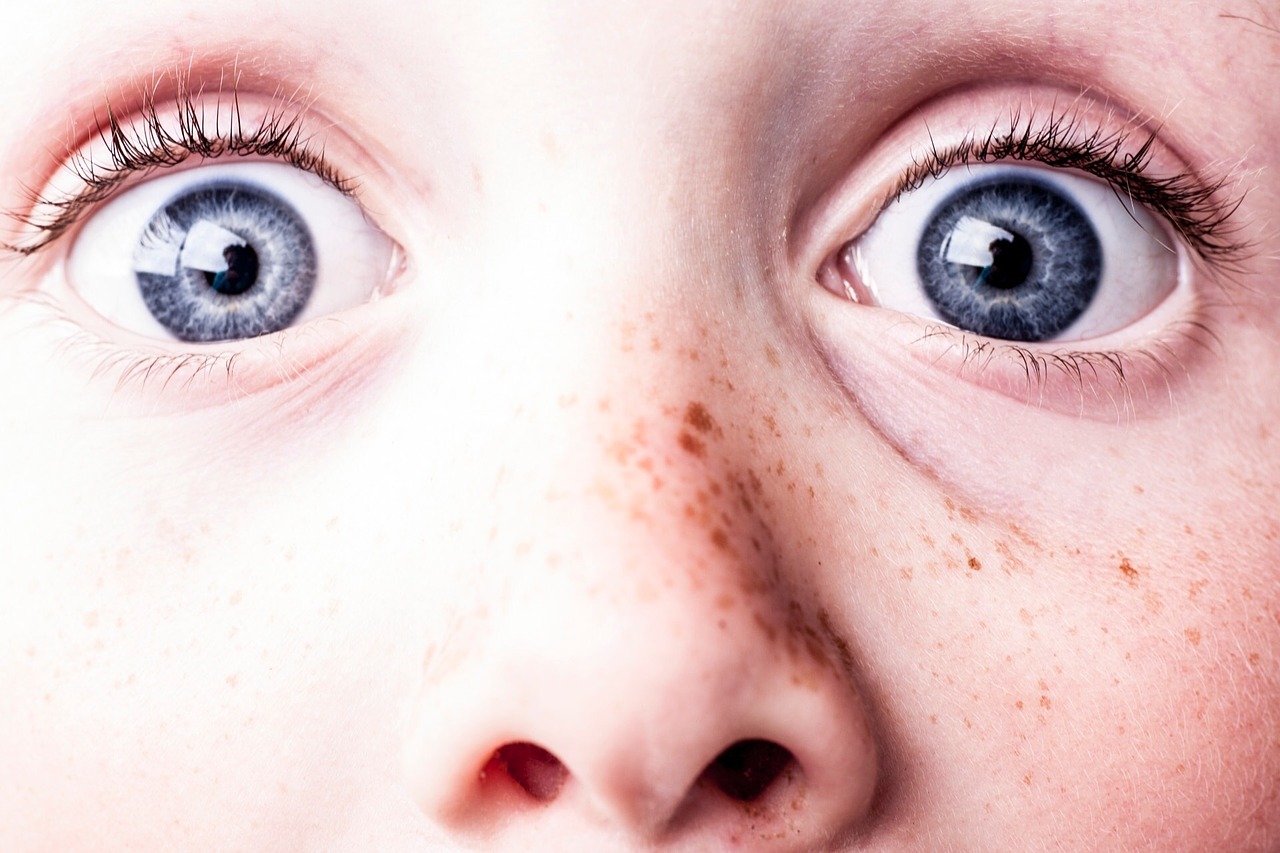Emotion Naming Games for Children
Learning about emotions is just as important, if not more so (in my opinion) than traditional “knowledge” for our children. They might be able to recite their ABCs and times tables, but if they cannot regulate their emotions its unlikely that they will be able to meaningfully engage in their classroom and with peers. However children who have a firm understanding of their emotional experiences are more able to regulate and express their feelings in healthy ways have closer and more reciprocal relationships, are better prepared for learning and also have higher self-esteem. Children struggle to identify their feelings find it challenging to then find the right strategy to soothe themselves. They often struggle with tantrums or outbursts because they are fearful of their emotions or frustrated because they feel their emotions are “out of control”. This can lead to really challenging behaviours due to wanting to avoid negative feelings.
Although a lot of learning about emotions in innate…our children watch us modelling how we identify and react to our own feelings, there are also some really specific stages of learning as well as some activities that can promote this skill in your child, like the feelings in my body chalkboard activity (see below) or therapeutic resource which is for sale in my shop here.
The first stage of emotional regulation occurs during infancy and toddlerhood around the time that they are starting to pick up and use language. This stage is all about giving your child the right words to explain their inner turmoil or distress, and through repetition and reflection, they learn how to identify their feelings. When your child becomes aware that they are experiencing different emotions they can start to match particular feelings to events and then they can act accordingly and take the next step which is expressing their feelings.
This is typically why we see tantrums or emotional outbursts in childhood. Our children can become quickly overwhelmed because they are having big feelings, but can’t name them, understand where they are coming from or what to do with them. So the simple act of teaching your child some different words for different feelings gives them a sense of order and control, which increases their confidence and belief that they can manage those big, overwhelming feelings.
So here is a list of different games you can play with your kids to help them learn all about their feelings.
Play Emotion Bingo
Create a bingo sheet with a bunch of different feelings (try to cover; sad, angry, happy, worried). Make sure you have different options for intensity, for example; frustrated versus enraged. Depending on the age of your child will depend how big the bingo sheet is, and how complex the emotional range goes. Each bingo sheet should have different emotions so you aren’t all searching for the same list of feelings and cross off the feelings as you identify them.
Watch a movie or TV show as a family, or read a book aloud and listen/watch out for feelings that match options on your individual bingo cards. Keep the activity going until someone yells bingo when they have crossed off all emotions from their card.
You can extend this game by asking your child how they knew that a particular feeling was being expressed on the TV or in the story. This gets them making connections between events and emotions.
Play Feeling Snap
Go online and find some images of different feelings (sad, angry, disgust, worried, happy), print the images out either on card (ensure all cards are the same size) , or paper (but cut out the paper and glue the images onto some playing cards). you must always print out 2 (or multiples of 2 - 2,4,6 etc) so that a pair can be made and “snapped” by the players.
Depending on the age of your child will depend on how challenging you make this: for younger children you might print out 4-6 pairs of each feeling so there are many chances for them to connect a pair. for older children you might have more unique pairs (i.e. instead of creating 4 pairs of the same face expressing sadness, find two different faces expressing sadness).
As with the traditional game “snap” the aim is to end up with the largest pile of cards. Take turns putting down a card face up in a pile. If two cards are the same feeling you can claim the pile of cards by slapping your hand down on the pile of cards and shouting “snap”. The game ends when no-one has any cards left in their hands, and the pile of cards you have collected by yelling snap is collected. The person with the most cards wins.
Extend the game by asking your child why they think the person showing the emotion on the card is having that particular feeling. I.e. Why do you think that man is sad? Children are egocentric and at this age only really have their own frame of reference to try and answer your question. Their response will give you lots of interesting information about how they make sense of their feelings. If they are struggling you can use examples that match with your child’s experiences. “Gee I think that man is sad because he had to share his toys”.
Play Emotional Memory
Use the same instructions above. Collect pairs of feelings images and stick them on the back of some playing cards. Again, complexity will depend on the age and developmental level of your child. You can have lots of unique pairs, or a few pairs to make the game easier.
As with the traditional game memory shuffle your cards and place them face down in a formation. Line the cards up horizontally and vertically to make a square or rectangle shape. You each take turns to flip over two cards. The aim of the game is to try and remember where different emotion cards are. When you turn over two cards and they both display the same emotion you get to keep the pair. The game ends when then are no cards left in formation and the winner is the one with the most cards.
Extend the game by asking how your child knows which feeling is which? There are certain emotions which are universal (it doesn’t matter what culture, country etc you come from certain feelings are recognised by everybody) so do some detective work together. Figure out that an angry face always has the eyebrows pulled down tight and eyes narrowed or that surprise always has raised eyebrows etc.
You can also extend this activity by asking your child (as they make a pair) what makes them feel the emotion depicted on the card. When you make a pair you can model and share your own experiences to help them feel normal and ok about having a variety of feelings.
If you are looking for more inspitation, I also have two resources in my shop - printable emotions worksheets for kids, to find out more click below
I hope these ideas help! Let me know how you go with these fun, yet essential games about feelings.
Rachel














